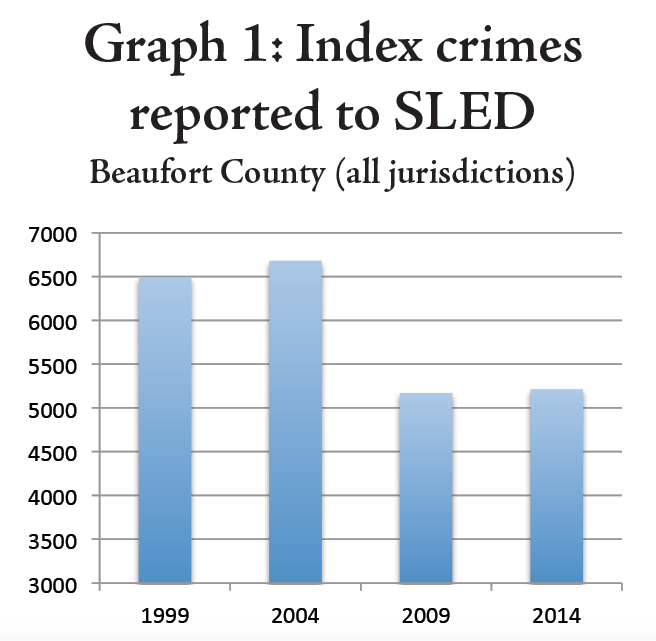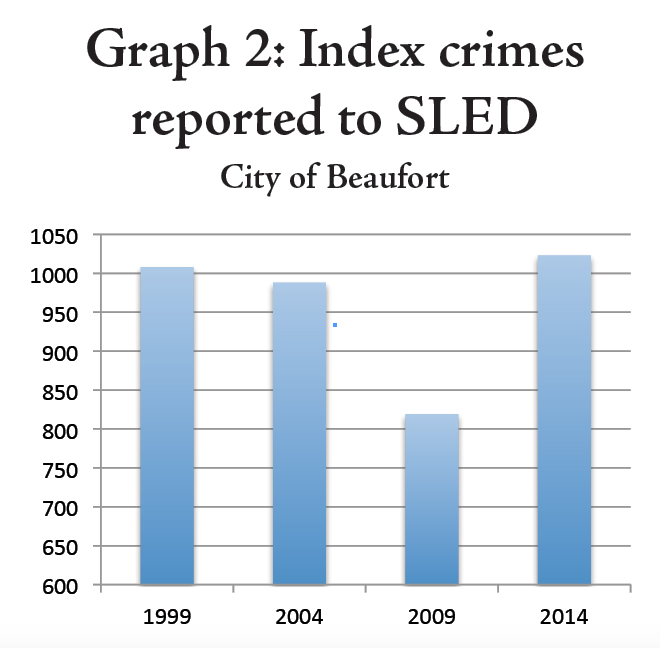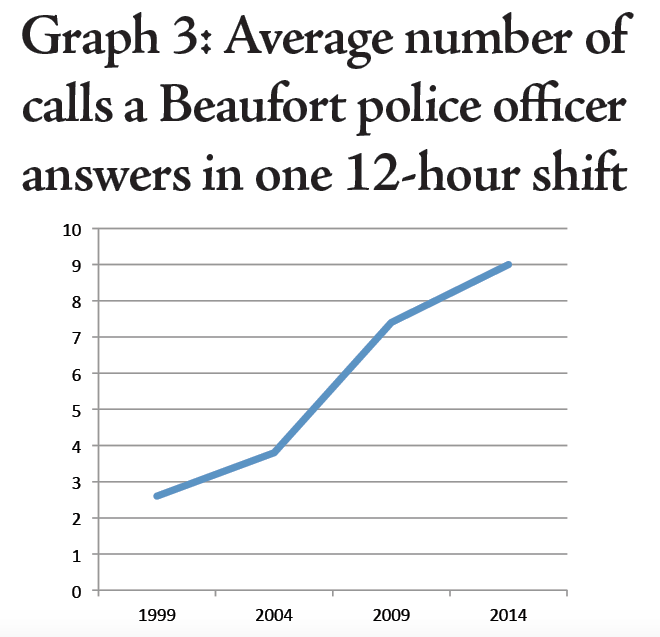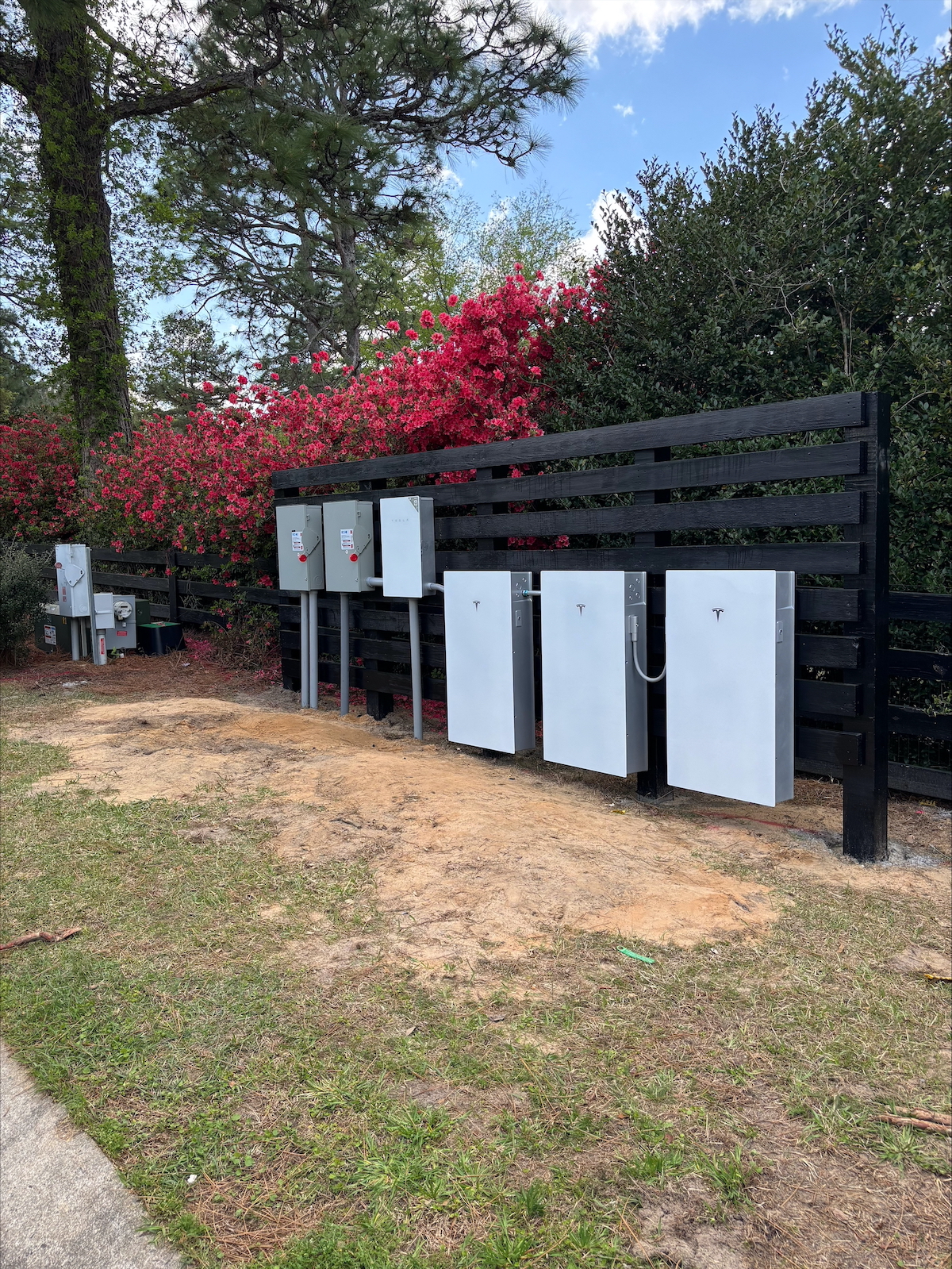The Rauch Report
By Bill Rauch
As the City of Beaufort approaches the FY’16 budget season, the city’s leadership faces challenges beyond rearranging the chairs on its Redevelopment Commission, seeking to influence US offshore drilling policy and buying vistas. Rarely has the city faced more, or more varied, personnel issues.
Before City Manager Scott Dadson left this past January, the city had six months to arrange for his successor. The city has now been without a full time city manager for nearly two months and has just announced its search has been pared down to three finalists. Moreover, now Beaufort’s popular, resourceful and stoic police chief has learned he faces health issues that will affect his ability to be on the job 24/7 in the upcoming months.
There’s more.
The national, state and local economies may appear to be getting stronger, but the early projections are Beaufort’s FY’16 revenues will be nearly flat. That means there will be little or no “new money” in the next budget. Yet while serious crime across Beaufort County is mostly down, serious crime in the City of Beaufort is markedly up, according to the 2014 index crime totals the Beaufort Police Department and the other departments were required to submit recently to the State Law Enforcement Division (SLED). Index crime offenses are willful homicide, forcible rape, robbery, burglary, aggravated assault, larceny, and motor vehicle theft.
Beaufort reported 1,023 index crimes for 2014, up from 943 in 2013 and 819 in 2009, figures that indicate about a 20 percent increase in serious crime in the city over the past five years. During the same five year period index crimes for all of Beaufort County (which include the Beaufort Police Department’s totals) increased from 5,170 in 2009 to 5,213 in 2014, an approximate .01 percent increase. Over the most recent 20 year period countywide index crime is down about 20 percent while the City of Beaufort’s efforts to stay up with the countywide decline have slipped substantially recently.
(See graphs 1 and 2.)
Index crimes in no other part of Beaufort County increased at a pace comparable to Beaufort’s during the most recent five year period.
All 2013 and 2014 index crime figures cited in this article have been collected from the various submitting local law enforcement agencies. However all 2013 and 2014 figures are preliminary until they are certified by SLED. Although the Beaufort Police Department provided the submitted figures, an emailed request for a comment about the current effectiveness of the city’s community policing program last week to the Department
went unanswered.
In the City of Beaufort where population growth is said to be flat or declining the figures the police department provided indicate not only are index crimes up, but calls for service are up, and the number of sworn officers available to deal with the increases is essentially unchanged over the past 20 years.
(See graph 3.)
Law enforcement professionals agree that when police officers must chase dispatch calls all day they don’t have the time to do the proactive policing that has come to be called “community policing.”
Examples of proactive policing measures that can get left aside when officers get too busy chasing calls are: parking the patrol car in front of a suspected drug dealer’s house and then getting out and walking the neighborhood for an hour or so; visiting with the law abiding neighbors of buildings where there have been a history of police calls in the hopes the neighbors can provide information that will lead to arrests; working with neighborhood groups and city agencies to get vacant lots cleaned up and derelict houses boarded up or removed so that there are fewer places for those engaging in illegal activity to hide.
The City of Beaufort undertook community policing with award-winning success in the early 1990’s when Mayor David Taub and the City Council brought in Gary Cannon as city manager and Bill Neill as police chief to clean up what the previous chief, Jesse Altman, had been given to calling “The DMZ,” the area around Congress Street. “There was a lot of drug dealing out of derelict houses and from some clubs there,” former Mayor Taub recalled last week, “but over the course of a few years community policing ran the drug dealers out.”
Local law enforcement sources familiar with the current situation say illegally distributed drugs, both homemade and prescription — and the gang members who now fight for the rights to territories within which to distribute the illegal drugs — have returned to Beaufort, and it is their return that explains the recent rise in the city’s dispatch calls and serious crime totals.
“There’s another problem in addition to the serious problem of people not feeling safe on the streets, or in the parks, or in their homes,” former Mayor Taub added. “Economic development, tourism, redevelopment efforts, a healthy business climate all go south in places that have high crime. That is what is also at stake.”
Source: Beaufort County Sheriff’s Office, City of Beaufort Police Department, Town of Bluffton Police Department, Town of Port Royal Police Department and The F.B.I. website.









